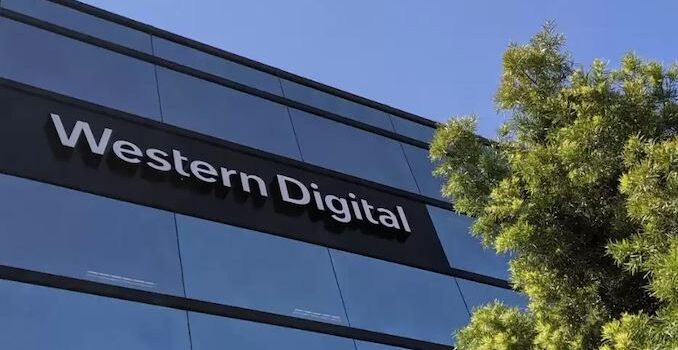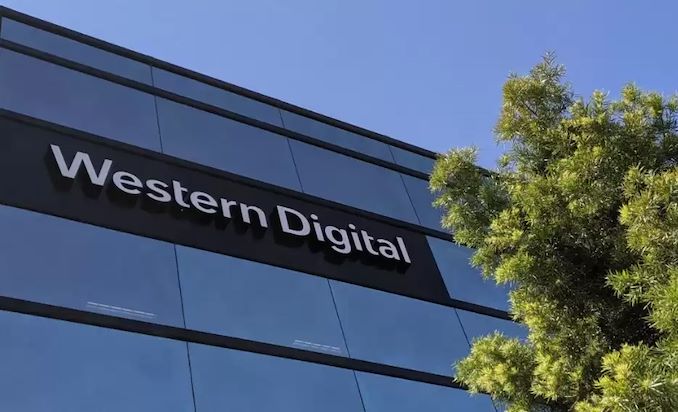Western Digital Issues Update on Company Split: CEOs for Post-Split Entities Announced
Now well in the midst of executing its plan to divide itself into separate hard drive and NAND businesses, Western Digital today offered a fresh update on the state of that split, and what the next steps are for the company. With the eventual goal of dividing the company into two independent, publicly traded companies, Western Digital is reporting that they have made significant progress in key transactional projects, and they are also announcing their initial leadership appointments for the post-separation businesses.
Western Digital’s separation, announced on October 30, 2023, aims to create two focused companies with distinct product lineups for hard drives and NAND flash memory, respectively, as well as NAND flash memory-based products. This move is expected to speed up innovation and introduce new growth opportunities, according to Western Digital. Meanwhile, with separate capital structures, operational efficiency of the two entities will be higher compared to the united company, the management of Western Digital claims.
Western Digital led the storage industry’s consolidation by acquiring HGST, various SSD and flash companies in the early 2010s, and SanDisk in 2016 for NAND flash production. As a result, in late 2010s the company become a media-agnostic, vertically-integrated storage technology company. However, the company faced challenges in growing its revenue. The 3D NAND and SSD markets are highly competitive commodity markets, and as a result they tend to fluctate depending on supply and demand. Meanwhile, demand for HDDs is declining and offseting decreasing unit sales with 3D NAND-based products and nearline hard drives was challenging. Meanwhile, to avoid avoid competition with larger storage solutions providers like Dell, HPE, and IBM — which purchase Western Digital’s HDDs, SSDs, and NAND memory — Western Digital had to divest its storage solutions, which presents additional challenges.
As a result, Western Digital’s HDD and NAND businesses have acted largely independently since late 2020, when it became apparent that the combined company has failed to become bigger than the sum of Western Digital and SanDisk parts. So far, quite some progress has been made in preparing for the separation, including establishing legal entities in 18 countries, preparing independent financial models, and finalizing preparations for regulatory filings. As a result, the company remains on track to finish the split in the second-half of this year, according to Western Digital.
With regards to post-split leadership, David Goeckeler has been appointed as the chief executive designate for the NAND flash memory spinoff company. He expressed enthusiasm for the NAND business’s potential in market growth and the development of new memory technologies.
“Today’s announcement highlights the important steps we are making towards the completion of an extremely complex transaction that incorporates over a dozen countries and spans data storage technology brands for consumers to professional content creators to the world’s leading device OEMs and the largest cloud providers,” said David Goeckeler, CEO of Western Digital. “I am pleased with the exceptional work the separation teams have done so far in creating a spin-ready foundation that will ensure a successful transition to independent, market-leading companies for our Flash and HDD businesses.”
Meanwhile, Irving Tan, currently executive vice president of global operations, will assume the CEO role for the standalone HDD company, which will continue to operate under the Western Digital brand. It is unclear where Ashley Gorakhpurwalla, currently the head of WDC’s HDD business unit, will end up, or if he’ll even remain with the company at all.
“While both Western Digital’s businesses will have the strategic focus and resources to pursue exciting opportunities in their respective markets once the separation is complete, the Flash business offers exciting possibilities with market growth potential and the emerging development of disruptive, new memory technologies,” added Goeckeler. “I am definitely looking forward to what’s next for the spinoff team.”
Source: Recent News


